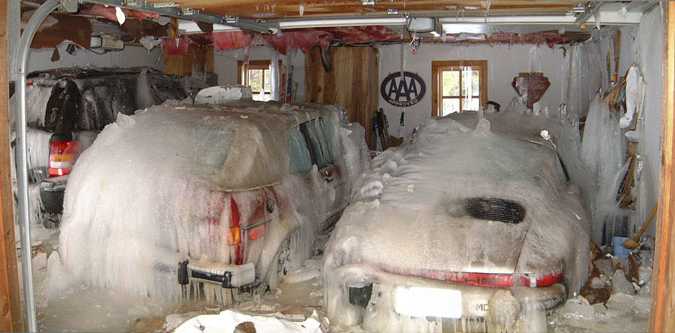Lithnights
Member
I'm wondering if there are any calculations one can use to figure out how long it would take a run of 1/2" copper pipe to freeze at a given temperature? Assume each end of that exposed run is in an insulated area.
e.g. assume you have a 8 foot section of 1/2" pipe exposed to the weather at 32 degrees, how long would it take to freeze? 20 minutes? 2 hours? 6 hours?
or assume it's exposed at 20 degrees or say 10 degrees, how long?
Any ideas?
Thanks!
e.g. assume you have a 8 foot section of 1/2" pipe exposed to the weather at 32 degrees, how long would it take to freeze? 20 minutes? 2 hours? 6 hours?
or assume it's exposed at 20 degrees or say 10 degrees, how long?
Any ideas?
Thanks!

